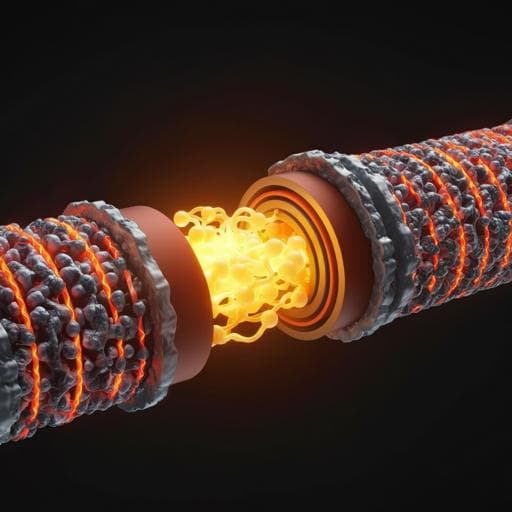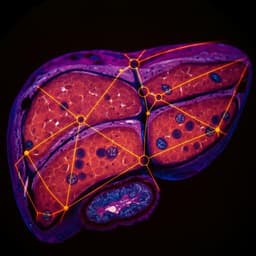
Engineering and Technology
Deep learning-based segmentation of lithium-ion battery microstructures enhanced by artificially generated electrodes
S. Müller, C. Sauter, et al.
Dive into groundbreaking research by Simon Müller, Christina Sauter, Ramesh Shunmugasundaram, Nils Wenzler, Vincent De Andrade, Francesco De Carlo, Ender Konukoglu, and Vanessa Wood that unveils a deep-learning approach for accurate 3D segmentation of lithium-ion battery electrodes, enhancing our understanding of battery performance like never before.
~3 min • Beginner • English
Related Publications
Explore these studies to deepen your understanding of the subject.







